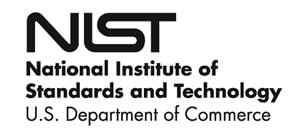RSS feed source: National Science Foundation
Microorganisms with extreme abilities have laid the groundwork for decades of biotechnologies from the PCR technique that enables amplification of DNA for diagnostics and drug development to the gene editing tool CRISPR, and now researchers supported by the U.S. National Science Foundation have found a trove of these microbes in a somewhat unlikely location — the Gowanus Canal in Brooklyn. The team identified more than 450 species with over 60 different biochemical pathways to deal with pollutants and 1,171 genes that can aid in processing heavy metals, offering potential for bio-based and cheaper methods of industrial clean-up, the costs of which are estimated to be more than $645 billion.
The Gowanus Canal is a contaminated waterway in Brooklyn that has high concentrations of petrochemicals and heavy metals. The researchers, including Sergios-Orestis Kolokotronis of the SUNY Downstate Health Sciences University, collected soil samples at 14 locations along the 1.8-mile-long canal and deep sediment core samples and analyzed them using genomic sequencing and bioinformatics. Understanding the genetic sequences and metabolic pathways of the organisms identified will allow researchers to develop faster methods of what the microbes can do naturally.
“We have seen the power of extremophiles used in medicine and industry, and this new analysis expands the biological adaptations we can harness for societal benefit,” said Joanna Shisler, program director in the NSF Directorate for Biological
Click this link to continue reading the article on the source website.



